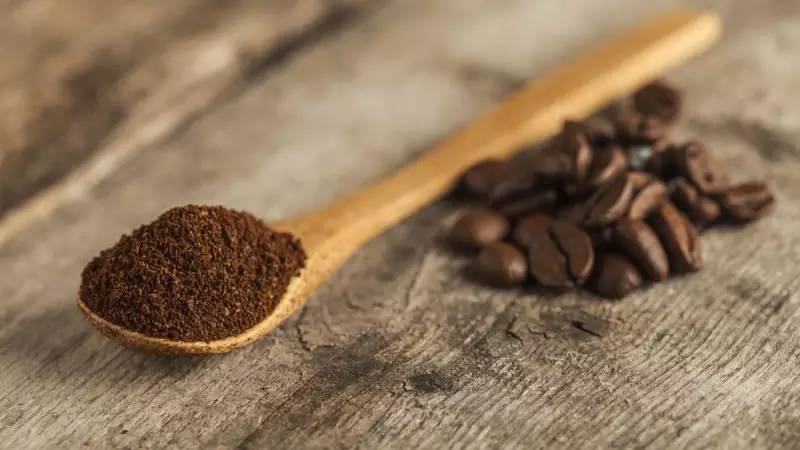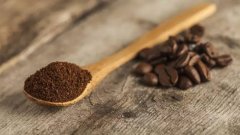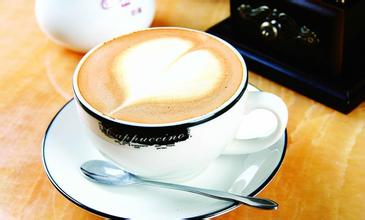Roasting cup shallow roasted coffee sweet and sour sweet sweet fruit aroma overflowing with coffee beans in the producing area

Bake, cup test, bake, cup test! After continuous adjustment and taste of different coffee curve roasted coffee, so that the taste of coffee to achieve better!
Use your senses: eyes, nose, ears, and mouth to learn more about the characteristics of coffee. Master the perfect baking curve.
Coffee always gives people a black and bitter stereotype, but in fact, it is like a fruit, sour and sweet. The diversity and variation of the flavor of the lightly roasted manor-grade boutique coffee is no less than that of red wine. You can feel rich fruit, flower and sweet aromas in a good cup of coffee noodles. After trying it, you will definitely gradually like this wonderful taste.
The coffee beans we use to brew coffee are actually seeds hidden in bright red coffee berry noodles. The ripe pulp tastes a bit like grapes with thinner skins and is very sweet. When a farmer plucks it from a tree, it must go through a process of pulp removal, fermentation, washing or sun treatment, and then drying before the so-called raw coffee beans. Fresh green coffee beans can not be eaten directly, but must be roasted in the machine to remove moisture, which is a common coffee bean.
In the process of roasting at high temperature, raw coffee beans will gradually lose moisture, and the color will change from turquoise to brown, while the Mena chemical reaction will produce aromatic substances, oils and caramelization. Like popcorn, coffee beans burst their cell walls twice during roasting, the first at about 190 ℃ and the second at about 215 ℃. The whole volume increases with popping, but the organic acids disappear as the temperature increases. If the temperature continues to rise above 220 ℃, the sugar will gradually be carbonized, the sour taste will disappear completely, and the bitter taste will occur.
Important Notice :
前街咖啡 FrontStreet Coffee has moved to new addredd:
FrontStreet Coffee Address: 315,Donghua East Road,GuangZhou
Tel:020 38364473
- Prev

Roasting cup shallow roasted coffee sweet and sour sweet sweet fruit aroma overflowing with coffee beans in the producing area
Bake, cup test, bake, cup test! After continuous adjustment and taste of different coffee curve roasted coffee, so that the taste of coffee to achieve better! Use your senses: eyes, nose, ears, and mouth to learn more about the characteristics of coffee. Master the perfect baking curve. Coffee always gives people a black and bitter stereotype, but in fact, it is just like a fruit.
- Next

What natural conditions are needed to grow coffee trees? which countries are the most suitable for planting coffee trees?
In the coffee processing process, baking is the most difficult step, it is a kind of science, but also a kind of art. The baking process is divided into three stages: dehydration, in the early stage of baking, raw beans begin to absorb heat, and the internal water gradually evaporates. At this time, the color gradually changed from cyan to yellow or light brown, the silver skin began to fall off, and the faint smell of grass could be smelled. The main part of this stage
Related
- Beginners will see the "Coffee pull flower" guide!
- What is the difference between ice blog purified milk and ordinary milk coffee?
- Why is the Philippines the largest producer of crops in Liberia?
- For coffee extraction, should the fine powder be retained?
- How does extracted espresso fill pressed powder? How much strength does it take to press the powder?
- How to make jasmine cold extract coffee? Is the jasmine + latte good?
- Will this little toy really make the coffee taste better? How does Lily Drip affect coffee extraction?
- Will the action of slapping the filter cup also affect coffee extraction?
- What's the difference between powder-to-water ratio and powder-to-liquid ratio?
- What is the Ethiopian local species? What does it have to do with Heirloom native species?

